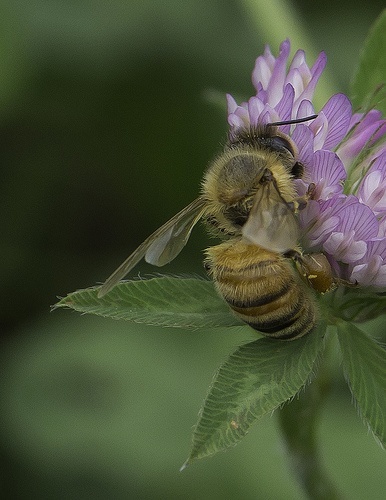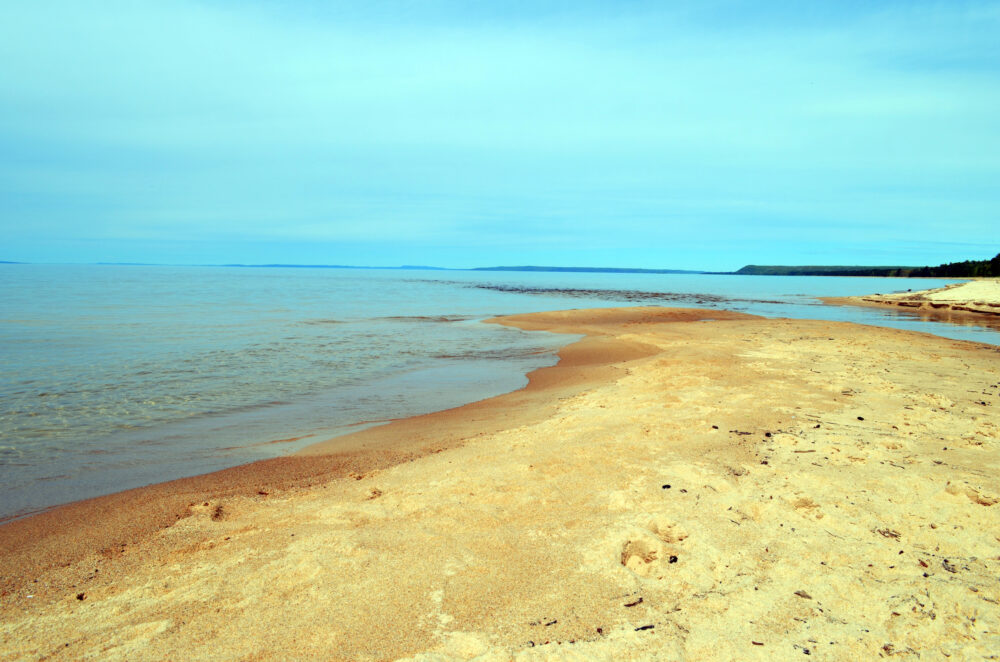We have much more to do and your continued support is needed now more than ever.
What do Cover Crops have to do with Wildlife?
National Wildlife Federation has been working hard for the past few years to overcome barriers and support champions of cover crop adoption. In fact, we just released two new reports on cover crops: Counting Cover Crops and Clean Water Grows. When I explain my work to people, they often ask, “What are cover crops, and why is National Wildlife Federation promoting them?”
Cover crops are grown in between cash crops, to cover the soil when it would ordinarily be bare or fallow. Cover crops hold the soil in place on the land, and keep it from washing away into rivers and streams. Cover crops improve water quality and soil quality, and they also sequester carbon, which helps mitigate climate change. Climate change has been identified as one of the greatest threats to wildlife, and clean water is a key ingredient for wildlife habitat. Some cover crops, such as buckwheat, may also benefit wildlife as winter forage and cover, while others, such as red and white clover, are great for pollinators. So, as far as wildlife is concerned, cover crops are the bee’s knees.

Wildlife and Cover Crops in the Mississippi River Basin (MRB)
The Mississippi River Basin is the world’s fourth largest watershed. Did you know that parts of 30 states from the Appalachians to the Rockies drain into the Mississippi? Thousands of species live near or depend on the 12 major rivers that drain into the Mississippi – black bears, alligators, and map turtles, to name a few. Needless to say, clean water in the MRB is a priority for wildlife.
Yet, Counting Cover Crops shows that cover crops are grown on only 1.8 million acres, or less than 2% of cropland in the Mississippi River Basin (MRB). Instead of looking at the glass like it’s half empty, let’s say that there is a tremendous opportunity to improve wildlife habitat on working lands and in rivers and streams by getting more cover crops on the ground.
By 2025, NWF would like to see 100 million acres of cover crops planted across the United States; 60 million acres would be in the MRB. But how can that vision become reality? We wrote Clean Water Grows to provide some examples of successful efforts to grow more cover crops.
I interviewed 14 hard-working people who are improving water quality in the MRB, the Great Lakes, and the Chesapeake Bay. It was inspiring to hear about water utilities and state agencies working with local conservation districts and farmers to reduce water pollution with cover crops.
For example, in Indiana, three counties banded together and used funding from Clean Water Indiana to provide expert assistance and partially fund the cost for farmers in their districts to plant cover crops. They planted 7,000 acres of cover crops across the three counties in two years. This kept 2,380 tons of sediment, 2,942 lbs of phosphorus, and 5,880 lbs of nitrogen from reaching rivers and streams, annually. Imagine how much cleaner the Gulf of Mexico would be if 60 million acres of cover crops were planted in the MRB?
Read more inspiring stories in Clean Water Grows, and think of how cover crops could clean lakes, rivers, and estuaries near you.





















